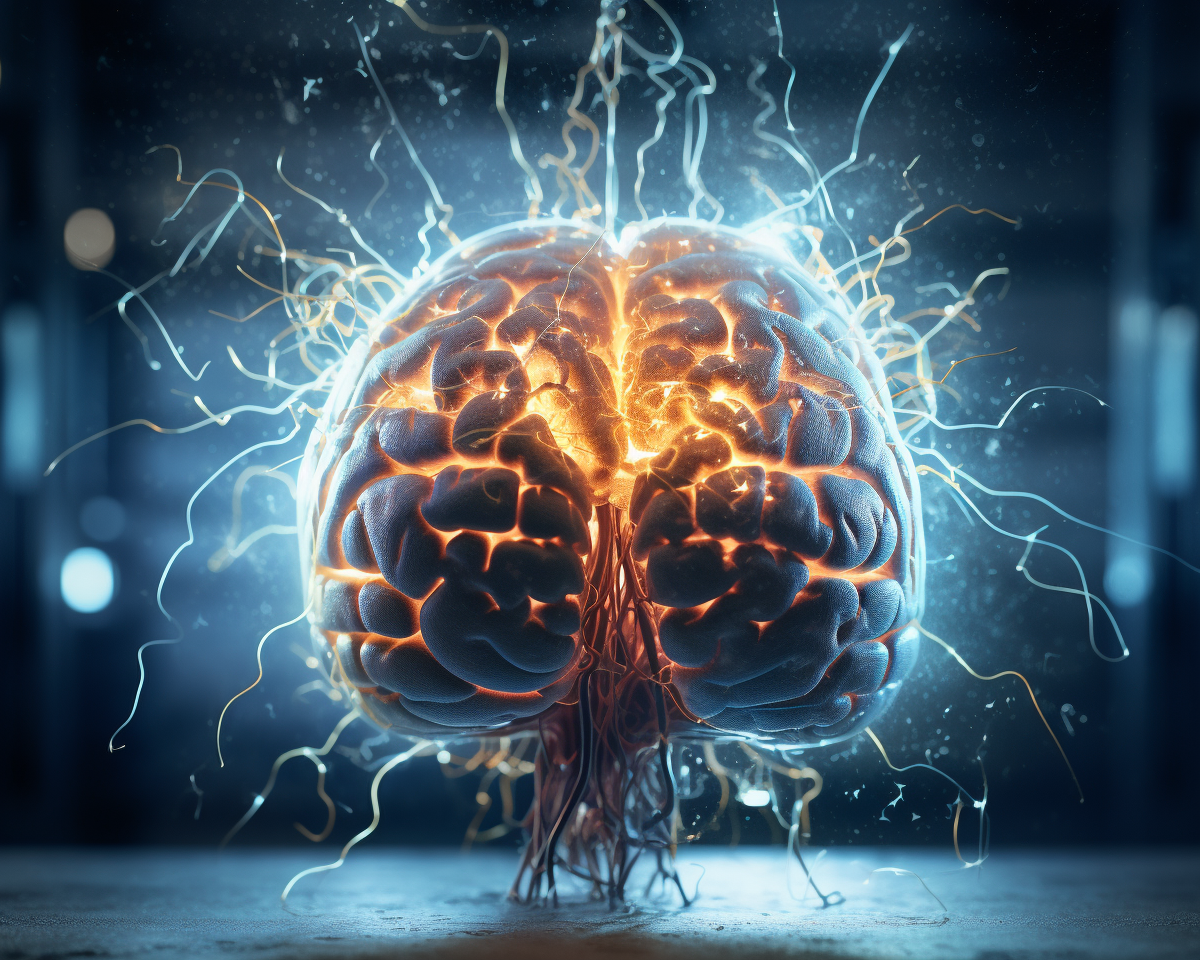Introduction
Artificial intelligence has experienced a significant leap in the past decade. One of the most fascinating advances comes in the form of deep learning, a subset of machine learning that imitates the human brain’s workings, making machines capable of ‘thinking’ like humans.

How Does Deep Learning Work?
At the root of deep learning is the neural network. Neural networks are designed to simulate the behavior of the human brain—learning from data that is inputted, then making predictions based on that data. They continually refine their performances using a method called backpropagation, where the network modifies its internal parameters slightly to reduce the error in its predictions.
Deep Learning vs. Machine Learning
Machine Learning and Deep Learning are two subsets of AI. While Machine Learning applies algorithms to perform tasks without explicit programming, Deep Learning uses artificial neural networks, imitating the human brain structure, and functioning to interpret data patterns and make complex decisions.
The Promising Future of Deep Learning
Deep learning paints a fascinating future for AI and, by extension, humanity. From recognizing patterns in patient illness data to understanding climate change patterns to even driving cars—deep learning has the potential to revolutionize every industry it touches.
Conclusion
As we step further into the digital age, the role of deep learning in our day-to-day lives becomes increasingly apparent. This technology enables not only the machines but humans as well, to break the barriers of possibilities and reimagine our future.
We hope you found our blog post insightful! If you have any thoughts or questions, feel free to leave them in the comments section below. Don’t forget to subscribe to our newsletter for more interesting content!



